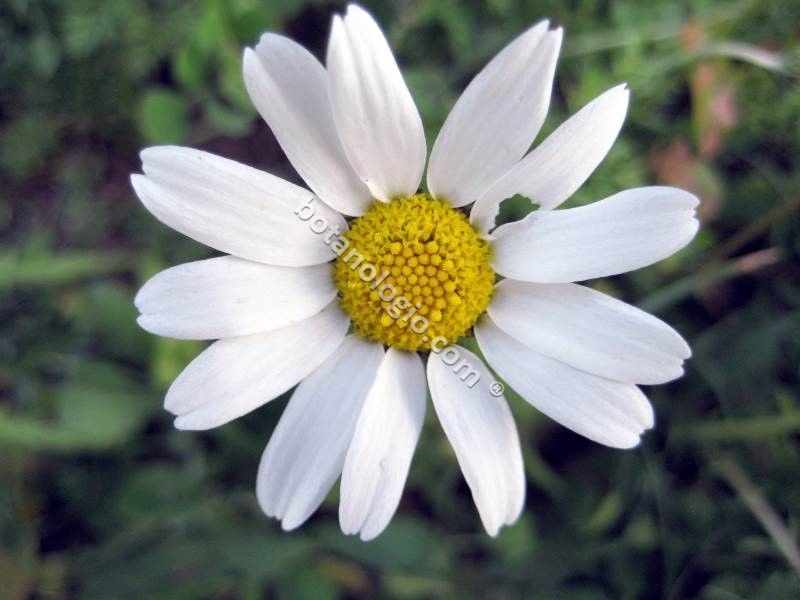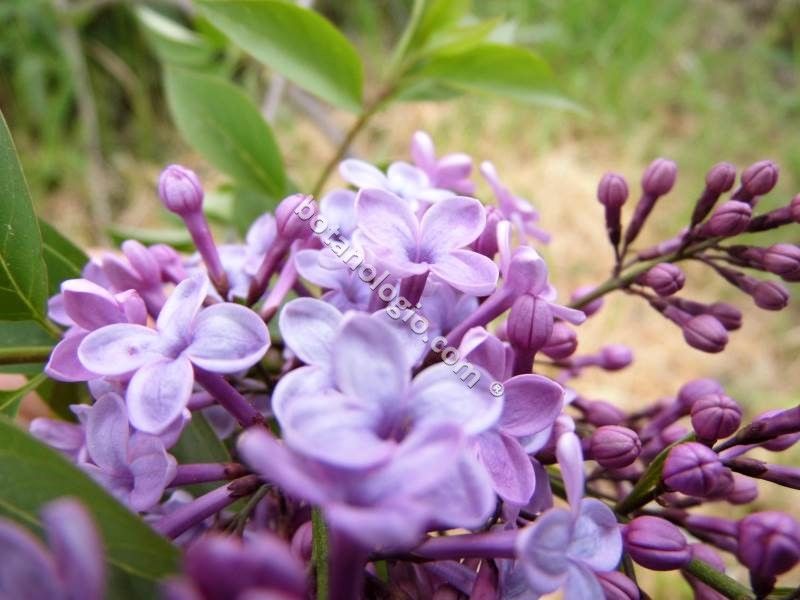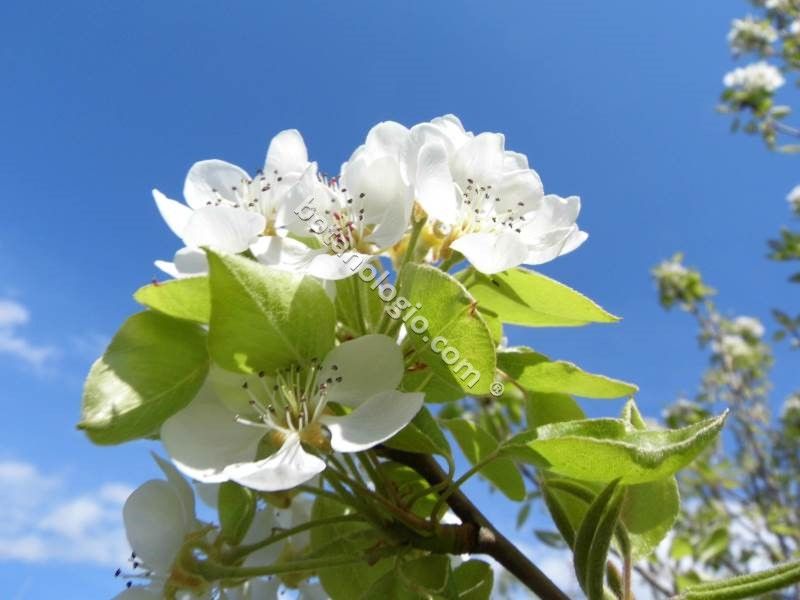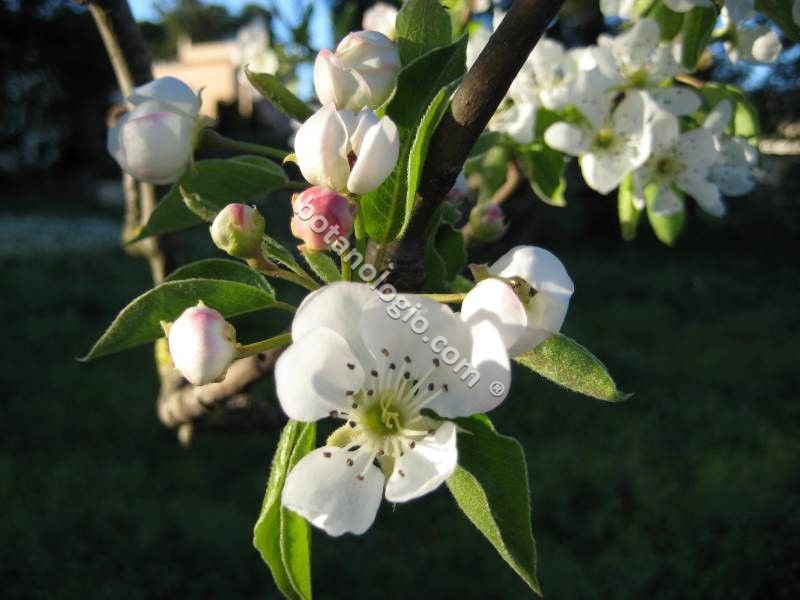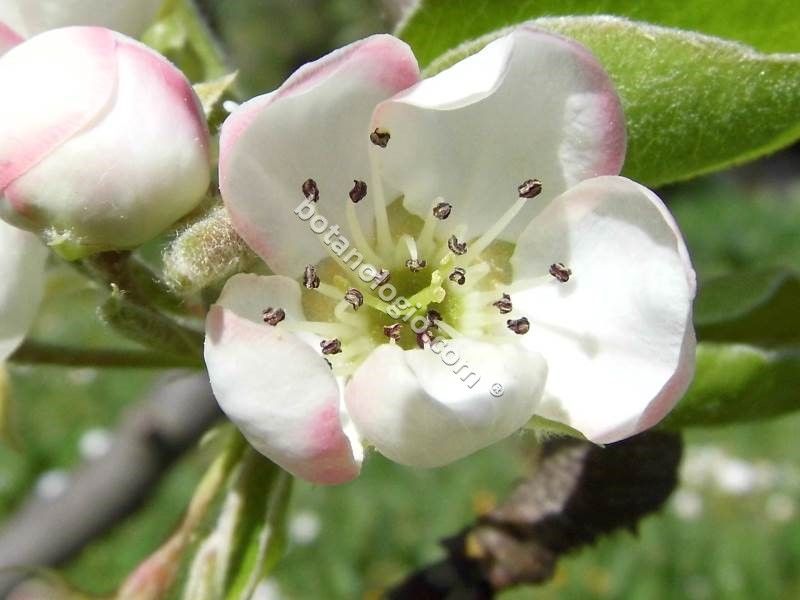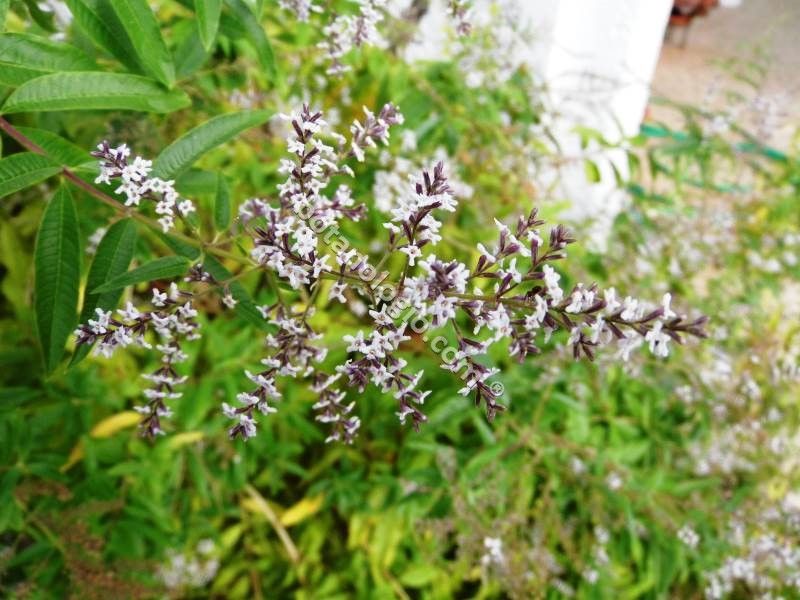Explanation of terms
Learn more about the basic terms associated with herbs and their uses!
Drug: is the part of the plant which can be collected and drain, for pharmaceutical or cosmetic use. Not all parts of a plant are beneficial for our body. In some plants, the drug is the flower itself with the leaves, in other herbs only the leaves. There are many herbs who’s drug may be even the root. Therefore, it’s important to know which part of a herb we can use, and when is the right time to collect it. In this way, it’s easier to have our favorite herbs for ourselves and in the meantime, we won’t necessarily destroy the plant by cutting all of it. With the drug of each plant we can prepare extracts, decoctions, infusions, cosmetics and someone with knowledge, medicines.
Tincture (extract): is dipping of the drug into a solution of alcohol and water at specific degrees of alcohol. It can be made by hot extraction or cold. The alcohol has the ability to bind the beneficial properties of the plants that can be added subsequently in cosmetic and pharmaceutical formulations. Extraction can be performed also in olive oil or almond oil.
Decoction: is the result of mild boiling of the drug, which then can be drank or used it in a hot bath. Decoction is made only from hard barks and roots with the sole exception of chamomile.
Infusion: is the result of immersion of a drug in hot water for 5 minutes. It has the same uses as the decoction. Infusion can be made from drugs consisting of flowers and leaves, which are more delicate and easy to be damaged by boiling water.
Ointment: is mainly the union of beeswax and oil. Because of the oily base, is not easily absorbed by the skin. Very purpose of using an ointment is exactly the activity on the surface of the skin, as for example in burns or mild skin conditions.
